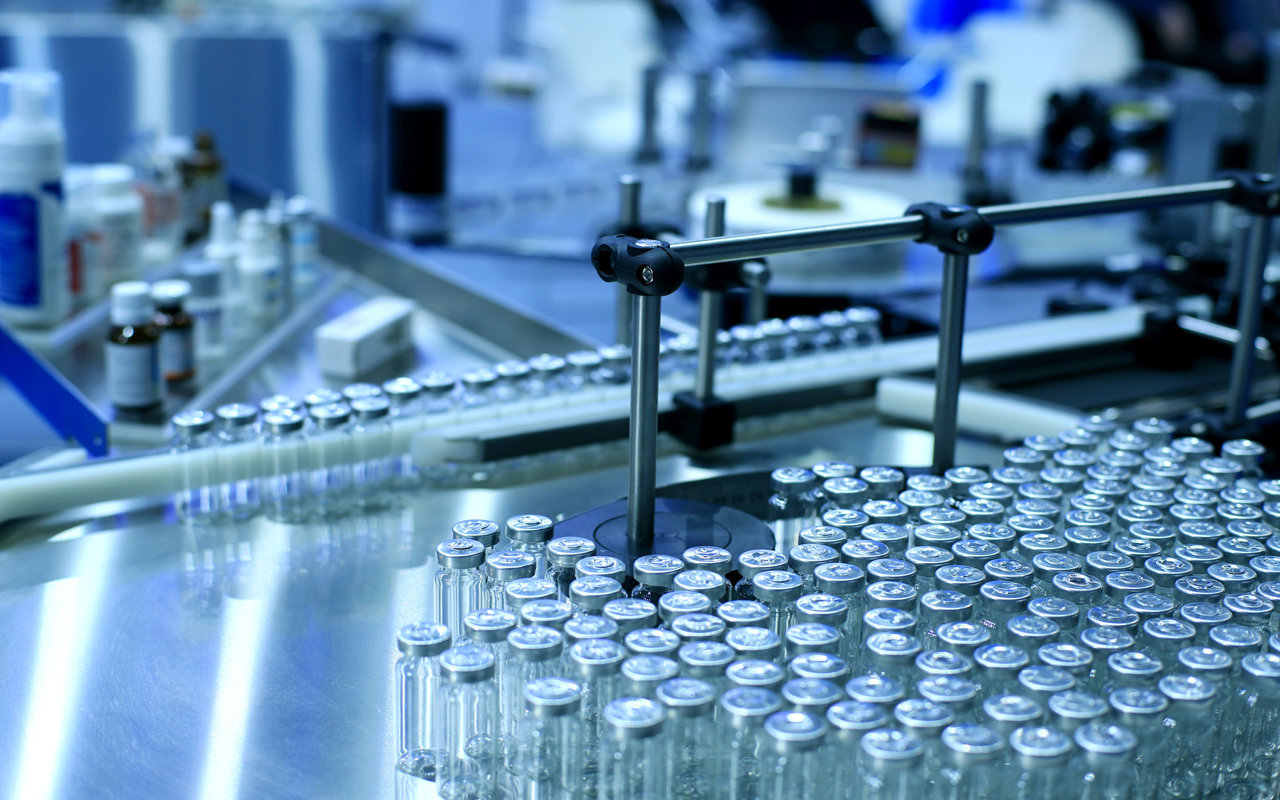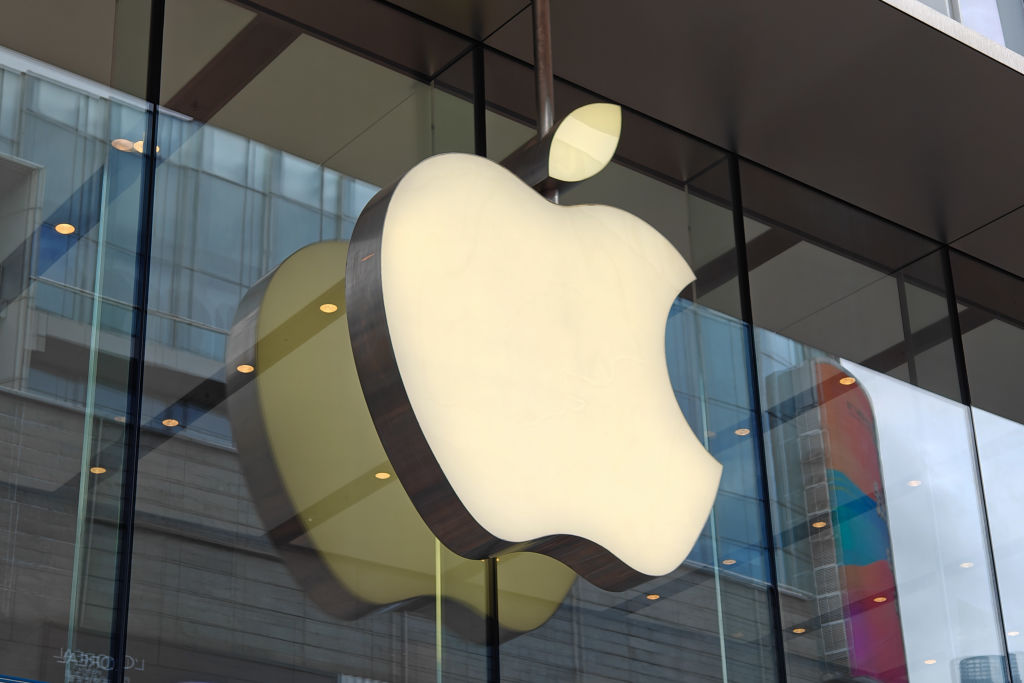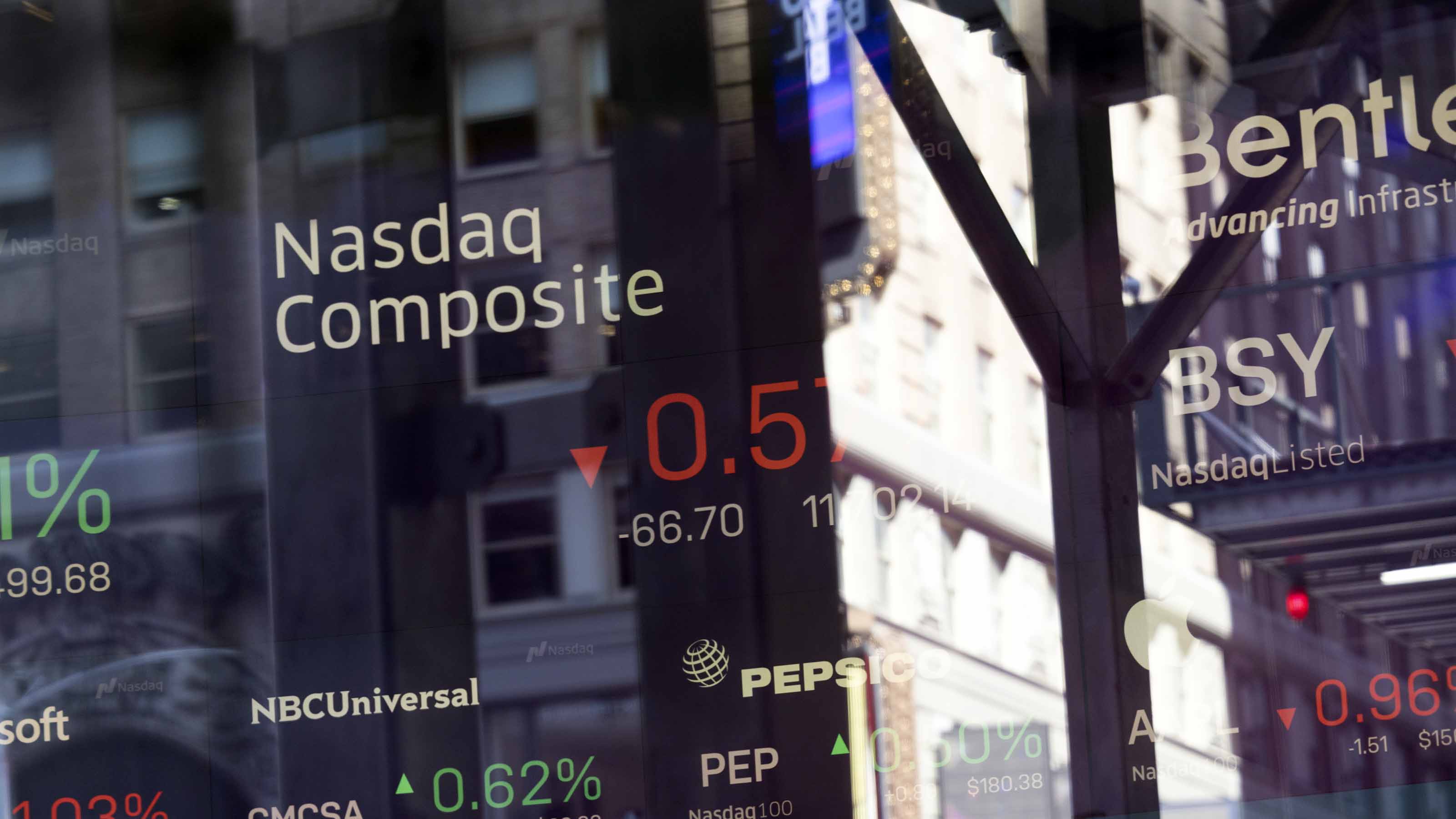7 Battered Biotech Stocks to Buy While They Are Down
Sometimes bad news is good news.


Sometimes bad news is good news. A pummeling of biotechnology stocks over the past year means that gutsy investors can get in on a formerly high-flying sector at discounted prices. From its peak in July 2015, following a torrid four-year run, the S&P Biotechnology index lost almost 50% in just seven months.
Even though the sector started its decline in July 2015, its real woes began last fall, as media outlets shined a spotlight on off-the-chart prices that companies such as Valeant Pharmaceuticals (VRX) and Turing Pharmaceuticals (which isn’t publicly traded) were charging for their medicines. That led to calls for tighter regulation of drug pricing, which was the final pinprick to the biotech bubble.
The conversation about lowering the price of prescription drugs hasn’t gone away, but biotech shares have recovered some. Since hitting bottom in February, the S&P Biotechnology index has rebounded by 33%. Even so, many stocks remain 20% to 30% below their summer 2015 peaks. We sifted through the carnage to find a few good bargains. Our list includes a mix of undervalued companies with modest growth prospects; faster-growing firms with higher valuations; and one speculative play that doesn’t have a product on the market yet.
(All prices and returns are through August 11. Price-earnings ratios are based on estimated earnings over the next four quarters.)

Amgen (AMGN)
- Symbol: AMGNShare price: $172.43Market capitalization: $129 billionEstimated three-year earnings growth rate: 9%Price-earnings ratio: 15Decline from 2015 peak: 5%
Shares of Amgen, one of the biggest and oldest biotech companies, didn’t fall as far as the rest of the group and have recovered most of their losses. Still, sales are slowing for two of its top-selling drugs. Analysts project declines in sales of 22% and 6%, respectively, over the next five years for Neulasta (which stimulates white blood cell growth to fight infections) and Enbrel (which treats rheumatoid arthritis and juvenile arthritis, among other disorders).
But a slew of recently launched drugs and a rich pipeline of new medicines in late-stage trials, combined with cost cutting, could boost Amgen’s share price. Analysts expect total company revenues to rise by 5% this year and 4% in 2017, and earnings to increase by 9% each year.
At the current price, Amgen isn’t the bargain it was when the stock fell to $130 last October. But at 15 times estimated year-ahead profits, the stock seems reasonably well priced. Plus, it sports a dividend yield of 2.3%, a bit more than the overall stock market’s yield. Amgen has raised its payout by at least 25% every year since it began paying a dividend in 2011

BioMarin (BMRN)
- Symbol: BMRNShare price: $92.01Market capitalization: $15.0 billionEstimated three-year earnings growth rate: Not meaningfulPrice-earnings ratio: Not meaningfulDecline from 52-week high: 39%
BioMarin is losing money. Analysts estimate that this year’s shortfall—$2 per share, or $326 million--will be twice the size of last year’s loss.
So why are many analysts so upbeat about the stock? Because the firm has a unique portfolio of treatments for rare, so-called orphan, diseases. These illnesses typically afflict only a few thousand patients around the world. But BioMarin’s drugs are difficult to engineer, which means the firm faces little competition for the five medicines it currently sells. And the drugs are high priced (for now), which means that BioMarin is generating a lot of revenues. Analysts expect 27% sales growth this year, to $1.1 billion, and 19% growth in 2017. But profits haven’t materialized yet because of the firm’s research endeavors, says Value Line analyst Nira Maharaj.
The decline in BioMarin’s stock partly reflects the sector’s selloff, but it is also due to the failure of its drug to treat a type of muscular dystrophy to win the Food and Drug Administration’s approval last January. That setback aside, Maharaj says, BioMarin has a promising pipeline of new products, with two drugs in late-stage trials and four others further back in the testing process. Although the company is expected to continue to spill red ink over the next few years, Maharaj says the stock is attractive for long-term investors with ample risk tolerance.

Celgene (CELG)
- Symbol: CELGShare price: $113.81Market capitalization: $88.2 billionEstimated three-year earnings growth rate: 22%Price-earnings ratio: 18Decline from 52-week high: 19%
Celgene, a maker of cancer-fighting drugs, has a lot going for it. For starters, sales are strong for Revlimid, its best-selling drug, which treats the blood cancer multiple myeloma. Zacks Investment Research expects the medicine to chalk up $6.7 billion in sales this year and $8 billion in 2017.
And plenty of other drugs may be coming. Between now and 2018, Celgene expects results from at least 18 late-stage trials, for medicine to treat pancreatic cancer, multiple sclerosis and Crohn’s disease, among other conditions. The results of the trials, the company says, will help Celgene achieve its goal of doubling sales and earnings by 2020.
Credit Suisse analyst Alethia Young says Celgene has the best growth prospects among large biotech companies. Analysts, on average, forecast annual revenue growth of 20% and earnings gains of 22% over the next three years. Relative to expected growth, the stock, at 18 times estimated year-ahead earnings, looks compelling.

Gilead Sciences (GILD)
- Symbol: GILDShare price: $79.57Market capitalization: $105 billionEstimated three-year earnings growth rate: Not meaningfulPrice-earnings ratio: 7Decline from 52-week high: 32%
For the shares of an innovative biotech leader such as Gilead Sciences to trade at 7 times earnings is almost unheard of. For sheer cheapness, it puts Gilead’s stock in the company of automakers and life insurers.
To some extent, the stocks’ recent travails simply represent surrender of its enormous gains. From the beginning of 2011 until Gilead’s peak in mid 2015, the stock gained 576% (an annualized 53%), besting the 305% gain (37% annualized) of the S&P Biotechnology index. And then there’s the issue of the high price of Gilead’s hepatitis-C drugs. The cost in the U.S. for a full course of Harvoni, for instance, is nearly $100,000.
In response, the firm has discounted its prices in some cases, and that has crimped sales and sales expectations. But other burdens include a lower-than-expected patient adoption rate of those drugs, as well as competition from a new Merck hep-C drug that is less costly. Finally, some analysts are tepid about the lineup of drugs in Gilead’s pipeline. Put everything together, and analysts see Gilead’s revenues and earnings falling 7% in 2016, and they see flat earnings in 2017.
On the plus side, Gilead still dominates the hep-C market, which has plenty of additional growth potential: Only 1 million of the 6.6 million hep-C patients in the U.S. and Europe have taken its drugs. What’s more, Gilead is sitting on a whopping $24.6 billion in cash that it could use to make an acquisition, boost its share-buyback program or lift its dividend, which it began paying in 2015 and has already raised once. S&P Global analyst Jeffrey Loo has a 12-month price target on the stock of $125, based on his belief that Gilead should trade at 10 times estimated 2017 earnings.

Kite Pharma (KITE)
- Symbol: KITEShare price: $58.70Market capitalization: $2.9 billionEstimated three-year earnings growth rate: Not meaningfulPrice-earnings ratio: Not meaningfulDecline from 52-week high: 35%
Kite is the most speculative stock on our list. Aside from being the smallest company, it has one other thing going against it: It doesn’t own any products that have been approved for sale.
Kite is on the cutting edge of new cancer treatments. It is a leader in developing a kind of immuno-oncology remedy that could revolutionize the way cancer is treated. Kite’s technology aims to re-engineer the body’s cancer fighting T cells to target and destroy cancer cells. It’s a highly innovative but unproven approach. And Kite isn’t the only firm with this kind of technology. Others with similar immuno-therapy procedures, including Novartis, are hot on the trail. Finally, given that Kite’s most-advanced drug candidate, KTE-C19, for a type of lymphoma and leukemia, is in mid-stage trials, it could take several years before its first drug reaches the market and the company begins to generate revenues, let alone profits.
Kite has an impressive management team. Arie Belldegrun, a doctor with 20 years of experience in oncology research, is the CEO. His top lieutenant, chief operating officer Cynthia Butitta, was at biotech start-up NextWave, which Pfizer acquired in 2012. Unless Kite, too, gets bought out, the stock will probably move up and down with news about KTE-C19’s trial results. Expect a bumpy ride.

Regeneron Pharmaceuticals (REGN)
- Symbol: REGNShare price: $421.35Market capitalization: $45.2 billionEstimated three-year earnings growth rate: 15%Price-earnings ratio: 33Decline from 52-week high: 30%
A biotech darling, Regeneron’s shares have soared more than 2,800%, or about 41% annualized, over the past 10 years. But that doesn’t mean its best days are behind it. The firm has a big backer: French drug giant Sanofi owns more than 20% of the company. And the two are collaborating on monoclonal antibody technology—a cutting-edge process for drug development—to create treatments for rheumatoid arthritis, asthma and cancer, among other maladies.
As a result of the stock’s scintillating performance, Regeneron, at 33 times earnings, is no bargain. But the truth is, Regeneron merits its premium price. Its best-selling drug, Eylea, commands 60% of the market for drugs to treat macular degeneration, an eye disease. And Praluent, a cholesterol inhibitor that won approval in the U.S. and Europe in late 2015 for patients who can’t use statins, such as Lipitor, is expected to be an epic seller, too.

Vertex Pharmaceuticals (VRTX)
- Symbol: VRTXShare price: $101.21Market capitalization: $25.1 billionEstimated three-year earnings growth rate: 66%Price-earnings ratio: 45Decline from 52-week high: 29%
Vertex Pharmaceuticals lost money last year, but analysts expect the firm, which focuses on cystic fibrosis drugs, to post earnings of about $1 a share in 2016. And they see profits soaring to more than $3 a share in 2017.
The main driver is Orkambi, a drug to treat the underlying causes of the most common type of cystic fibrosis. S&P analyst Loo expects sales of the drug, which was approved by the FDA in mid 2015, to climb to $1.1 billion in 2016, up from $351 million in 2015.
Things aren’t entirely rosy, however. Orkambi sales haven’t been as strong as expected—some patients have had to stop taking the drug because of respiratory issues—and that’s weighing on the stock price. Even so, Vertex shares have already recovered 30% from their March low of $78.
Get Kiplinger Today newsletter — free
Profit and prosper with the best of Kiplinger's advice on investing, taxes, retirement, personal finance and much more. Delivered daily. Enter your email in the box and click Sign Me Up.

Nellie joined Kiplinger in August 2011 after a seven-year stint in Hong Kong. There, she worked for the Wall Street Journal Asia, where as lifestyle editor, she launched and edited Scene Asia, an online guide to food, wine, entertainment and the arts in Asia. Prior to that, she was an editor at Weekend Journal, the Friday lifestyle section of the Wall Street Journal Asia. Kiplinger isn't Nellie's first foray into personal finance: She has also worked at SmartMoney (rising from fact-checker to senior writer), and she was a senior editor at Money.
-
 6 Stunning Waterfront Homes for Sale Around the US
6 Stunning Waterfront Homes for Sale Around the USFrom private peninsulas to lakes, bayous and beyond, Kiplinger's "Listed" series brings you another selection of dream homes for sale on the waterfront.
By Charlotte Gorbold Published
-
 Six Reasons to Disinherit Someone and How to Do It
Six Reasons to Disinherit Someone and How to Do ItWhether you're navigating a second marriage, dealing with an estranged relative or leaving your assets to charity, there are reasons to disinherit someone. Here's how.
By Donna LeValley Published
-
 Stock Market Today: Stocks Struggle After Trump's EU Tariff Threats
Stock Market Today: Stocks Struggle After Trump's EU Tariff ThreatsStocks pared early gains after Trump threatened the European Union with 25% tariffs.
By Karee Venema Published
-
 The Cheapest Places To Retire in the US
The Cheapest Places To Retire in the USWhen you're trying to balance a fixed income with an enjoyable retirement, cost of living is a crucial factor to consider.
By Stacy Rapacon Published
-
 Stock Market Today: The S&P 500 Reclaims the 6K Level
Stock Market Today: The S&P 500 Reclaims the 6K LevelInvestors see Scott Bessent as a safe shepherd of the economy as the president-elect burnishes his "Tariff Man" reputation.
By David Dittman Published
-
 Stock Market Today: Stocks Drop as Post-Election Party Ends
Stock Market Today: Stocks Drop as Post-Election Party EndsIt was a red finish on Wall Street Friday with tech stocks selling off ahead of Nvidia's upcoming earnings event.
By Karee Venema Published
-
 The Best Large-Cap Stocks to Buy
The Best Large-Cap Stocks to BuyLarge-cap stocks are key additions to any well-rounded portfolio. Let's take a look at how to find the best ones for you.
By Kyle Woodley Last updated
-
 The Top-Performing Actively Managed Funds of the Last Decade
The Top-Performing Actively Managed Funds of the Last DecadeThese are the actively managed funds that have performed best over the last decade.
By Nellie S. Huang Published
-
 Stock Market Today: Stocks Soar on Apple Buyback News, Jobs Data
Stock Market Today: Stocks Soar on Apple Buyback News, Jobs DataThe main indexes rallied hard to end the week thanks to Apple's $110 billion stock repurchase plan and a big April payrolls miss.
By Karee Venema Published
-
 What Is the Nasdaq?
What Is the Nasdaq?The Nasdaq Composite is one of the most widely followed indexes on Wall Street, and is used to measure the performance of the stock market.
By Tom Taulli Published
